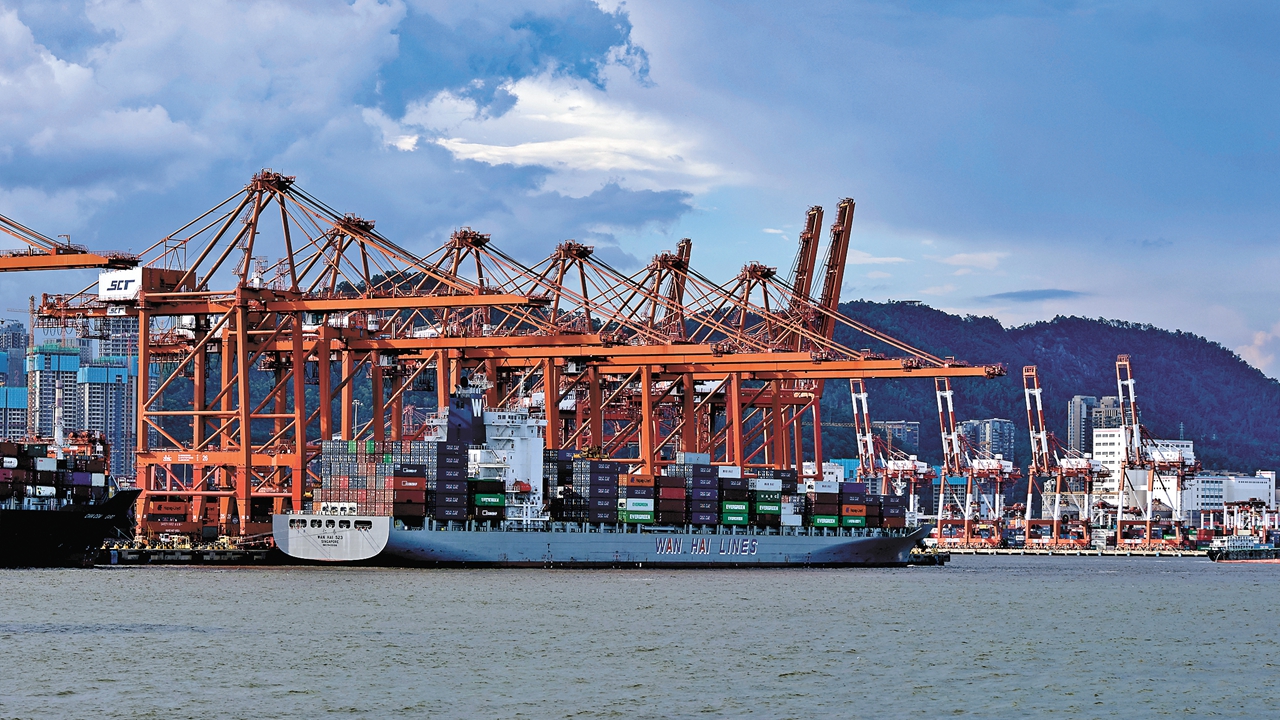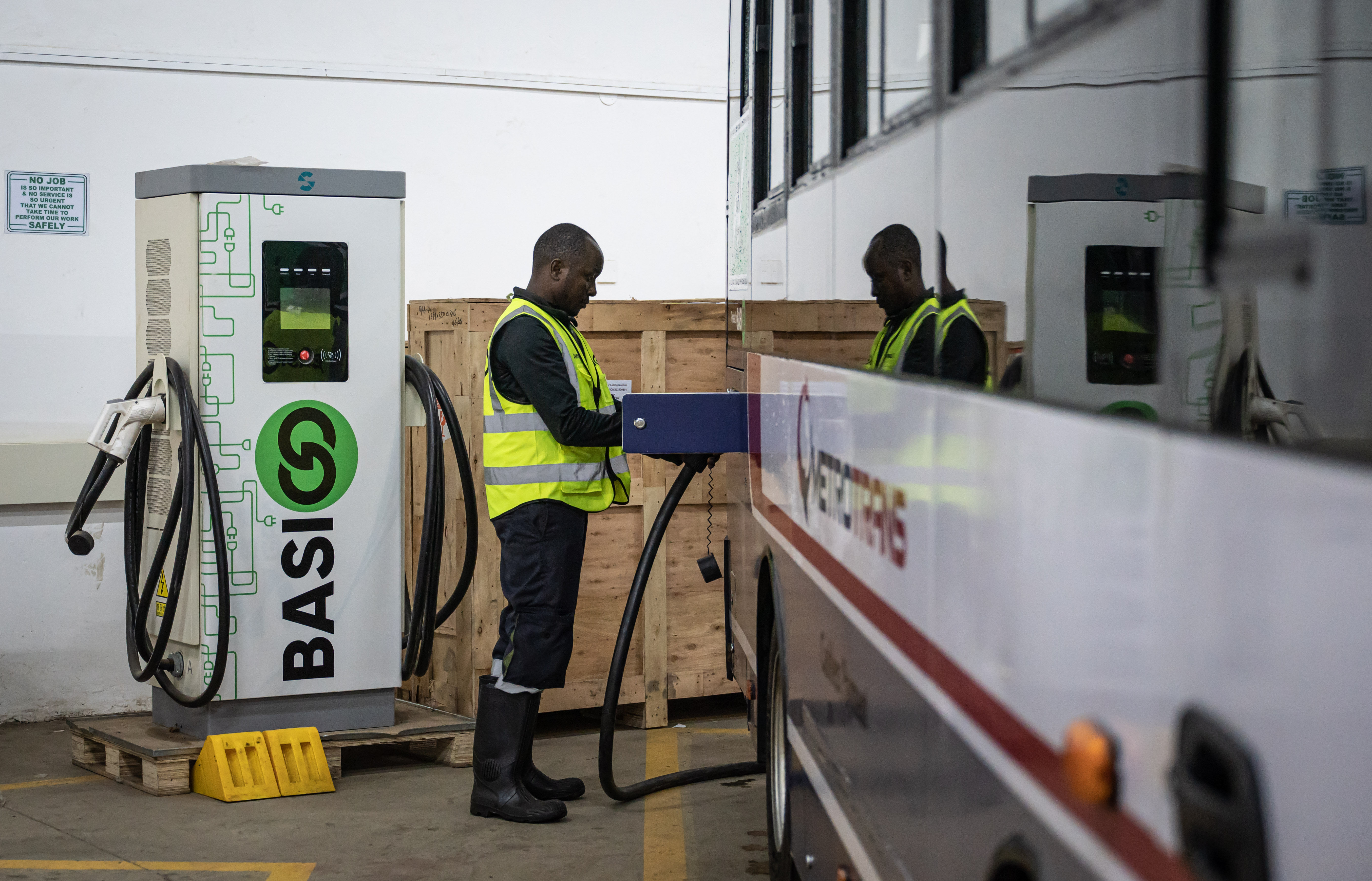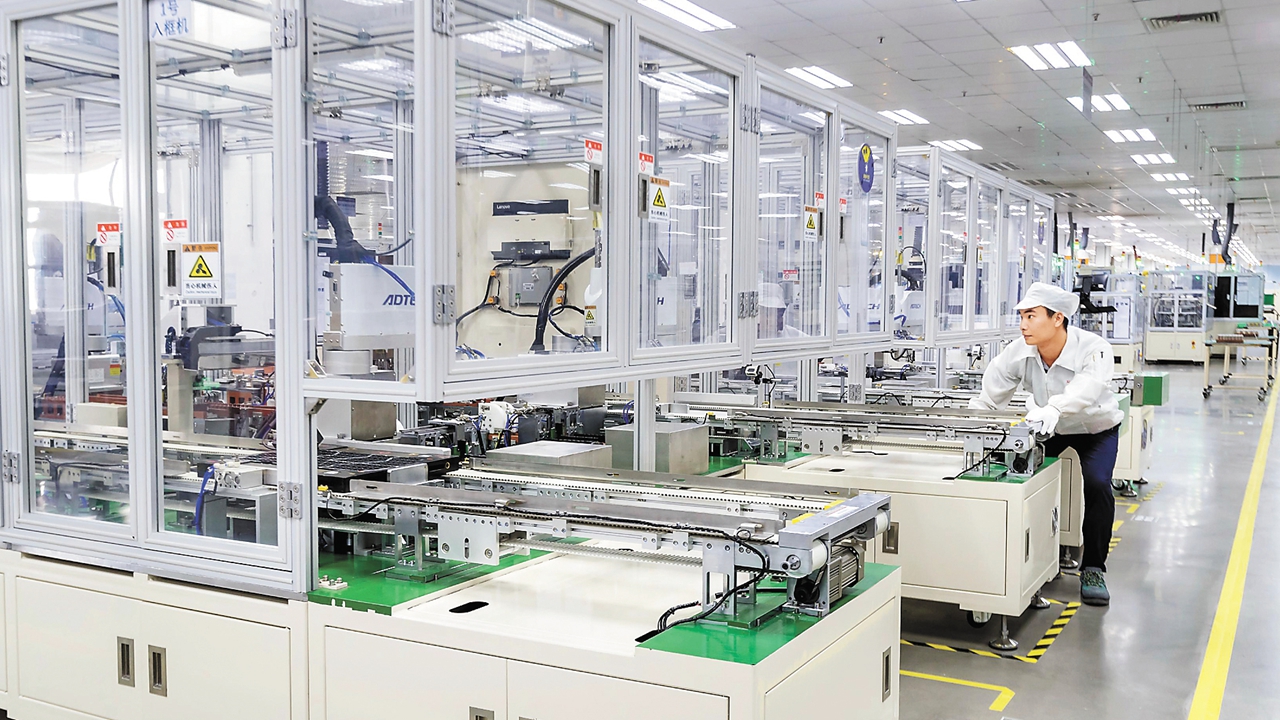BRI cooperation boosts trade, investment
Writer: Yang Yunfei | Editor: Liu Minxia | From: | Updated: 2024-01-25

A container ship berths at the Chiwan Port in western Shenzhen in this undated file photo. Liu Xudong
Shenzhen, which has long been an export powerhouse among major Chinese cities, saw its foreign trade with countries participating in the Belt and Road Initiative (BRI) post robust growth last year.
Its exports jumped 12.5% year on year to 2.46 trillion yuan (US$342 billion) in 2023, ranking first among major Chinese cities for the 31st consecutive year, according to Shenzhen Customs.
Trade volume between the city and BRI countries expanded 9.3% year on year to reach 1.3 trillion yuan, accounting for 33.6% of Shenzhen’s total foreign trade of 3.87 trillion yuan, which was up 5.9% compared with that of 2022 to hit a new high.
The boom came as the city is accelerating the development of TIR transport corridors connecting China and Central Asia to facilitate growing trade volumes and the slashing of delivery times.
TIR stands for Transports Internationaux Routiers or International Road Transports. With 76 countries using the procedure, it is an international customs transit system designed to help save time and money for transport operators and customs authorities when moving goods across borders. China joined the U.N. TIR Convention in 2016 to simplify and streamline the administrative formalities of international road transport.
TIR routes saving time, costs
Following the successful launch of the Shenzhen and Almaty (Kazakhstan) TIR route in 2023, a new route connecting Shenzhen to Tashkent, capital of Uzbekistan, has also opened.
The new TIR route between Shenzhen and Tashkent has cut journey times by two-thirds. For example, a Chinese TIR truck loaded with electronic products started its 6,500-kilometer door-to-door journey in Shenzhen, exited China via the Irkeshtam border crossing, and traveled through Kyrgyzstan before arriving at its final destination in only seven days rather than the 20 days it would require without TIR.
“The opening of this new route along the strategically important China-Kyrgyzstan-Uzbekistan corridor will help Shenzhen further enhance its connectivity with Central Asia,” said Tatiana Rey-Bellet, director of TIR and transit at the IRU, the world road transport organization that promotes global road transportation networks, standards, and safety.
“Companies in Shenzhen will greatly benefit from the new trade route as well as the highly efficient, secure, and door-to-door road transport made possible with TIR,” she added.
By making TIR operational from Shenzhen, China’s leading trade hub and home to many technology businesses and trading companies, border procedures can be further simplified, thereby cutting transit times and costs to further facilitate foreign trade between China and BRI countries.
Over the past 10 years, Shenzhen and BRI countries have leveraged their respective strengths to deepen cooperation in infrastructure and emerging industries such as new energy vehicles, digital economy, and green technology.

An employee of BYD's subsidiary in Kenya charges an electric bus produced by the Shenzhen-based company in Nairobi, Kenya, in this June 2, 2023 photo. Xinhua
By the end of November 2023, Shenzhen firms had set up a total of 1,189 companies and institutions in BRI countries, with a cumulative agreed investment of US$12.5 billion.
Meanwhile, over the past six years, BRI countries have launched 3,228 firms in Shenzhen, with actual foreign investment totaling 27.46 billion yuan. As of the end of November 2023, Shenzhen-based firms had landed a total of US$171.79 billion in new contracts for projects in BRI countries.
Ties with ASEAN countries
With its geographical and industrial advantages, Shenzhen has played a leading role in the economic and trade cooperation between China and the Association of Southeast Asian Nations (ASEAN) countries. Major Shenzhen companies such as BYD and Huawei have entered the ASEAN market in recent years, bringing new impetus to these countries’ economic development with their industrial and technological advantages.
BYD broke ground for its first car plant in Thailand in March last year, joining domestic carmakers SAIC Motor’s MG and Great Wall Motor to establish manufacturing operations in a market that has long been dominated by Japanese brands. The facility is also BYD’s first overseas passenger vehicle production plant.
The new factory, located in the Eastern Economic Corridor Special Zone in coastal Rayong province, is scheduled to start production in 2024 with an annual capacity of 150,000 new energy vehicles and projected to create 5,000 jobs.
Shenzhen-based battery maker Sunwoda announced in July last year that it would build a power battery factory in Hungary for electric vehicles, with initial investment of up to 1.96 billion yuan. As part of its plan to expand into the European market, Sunwoda’s investment will focus on manufacturing and sales of lithium-ion batteries and power battery systems.

A man works at a workshop in Sunwoda's headquarters in Bao’an District. Han Mo
The BRI has turned out to be one of the most important development initiatives worldwide that creates mutual opportunities between partner countries and China.
At the Fourth Belt and Road China-Malaysia Business Dialogue held in Shenzhen on Dec. 15, Chinese and Malaysian firms inked 12 deals with a total contract value of 12.85 billion yuan.
One of the deals involved Shenzhen RMi Biotechnology and Malaysian logistics provider Agility. According to their agreement, Shenzhen RMi’s core intellectual property, the international patent for MMUNOASSAYOFGALECTIN-3, a biomarker of heart failure, and its cardiovascular disease detection and inflammation detection products, are authorized to be used and sold by Agility in Malaysia. The deal is a breakthrough for Shenzhen’s tech firms in exporting internationally patented products.
At the same time, through the land, sea, and air channels, a continuous stream of goods from BRI partner countries is entering the Chinese market. In Shenzhen’s supermarkets, residents can easily purchase South American seafood, Southeast Asian durians, and Middle Eastern dates, allowing them to enjoy high-quality products from various countries without leaving the city.